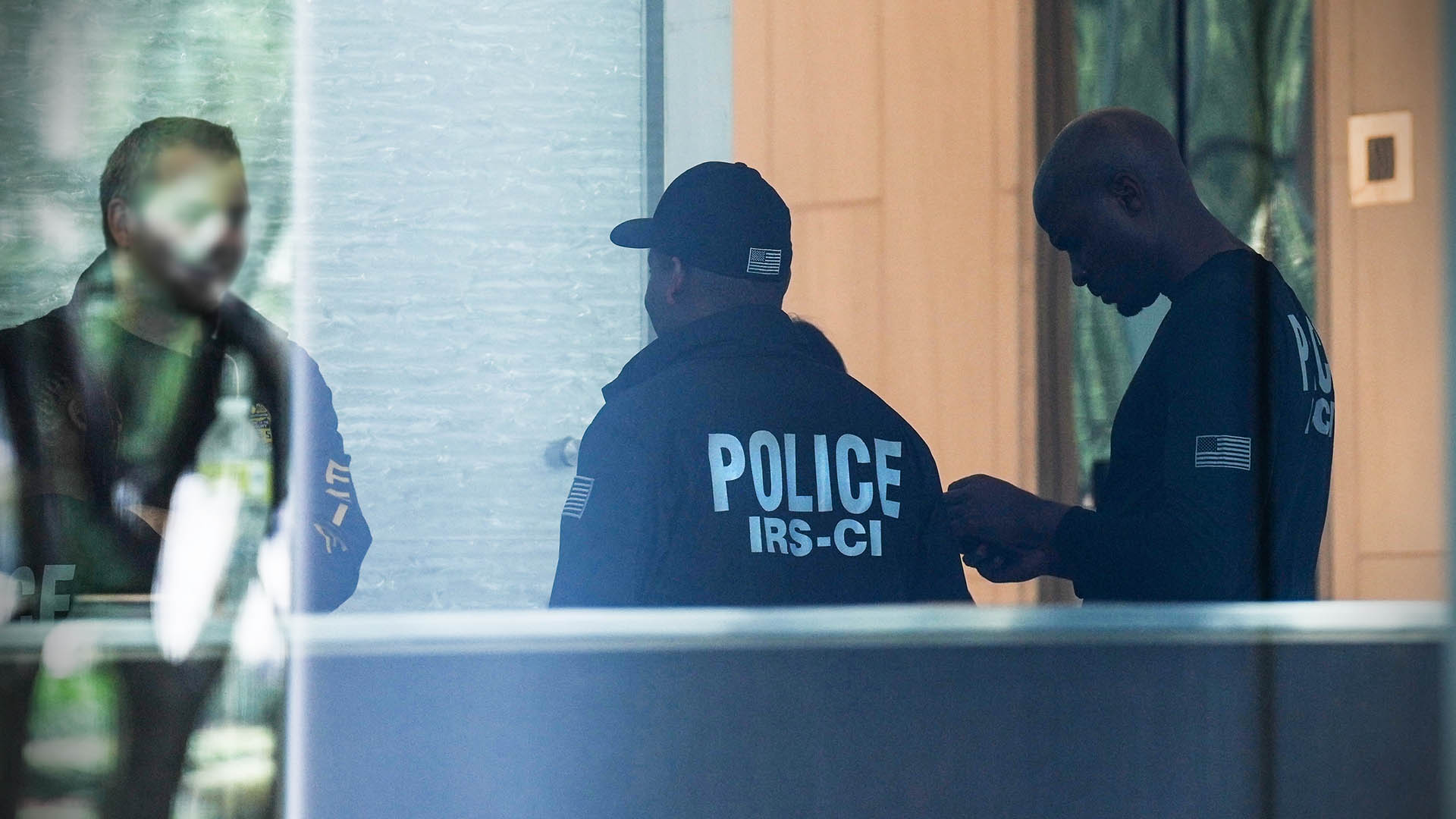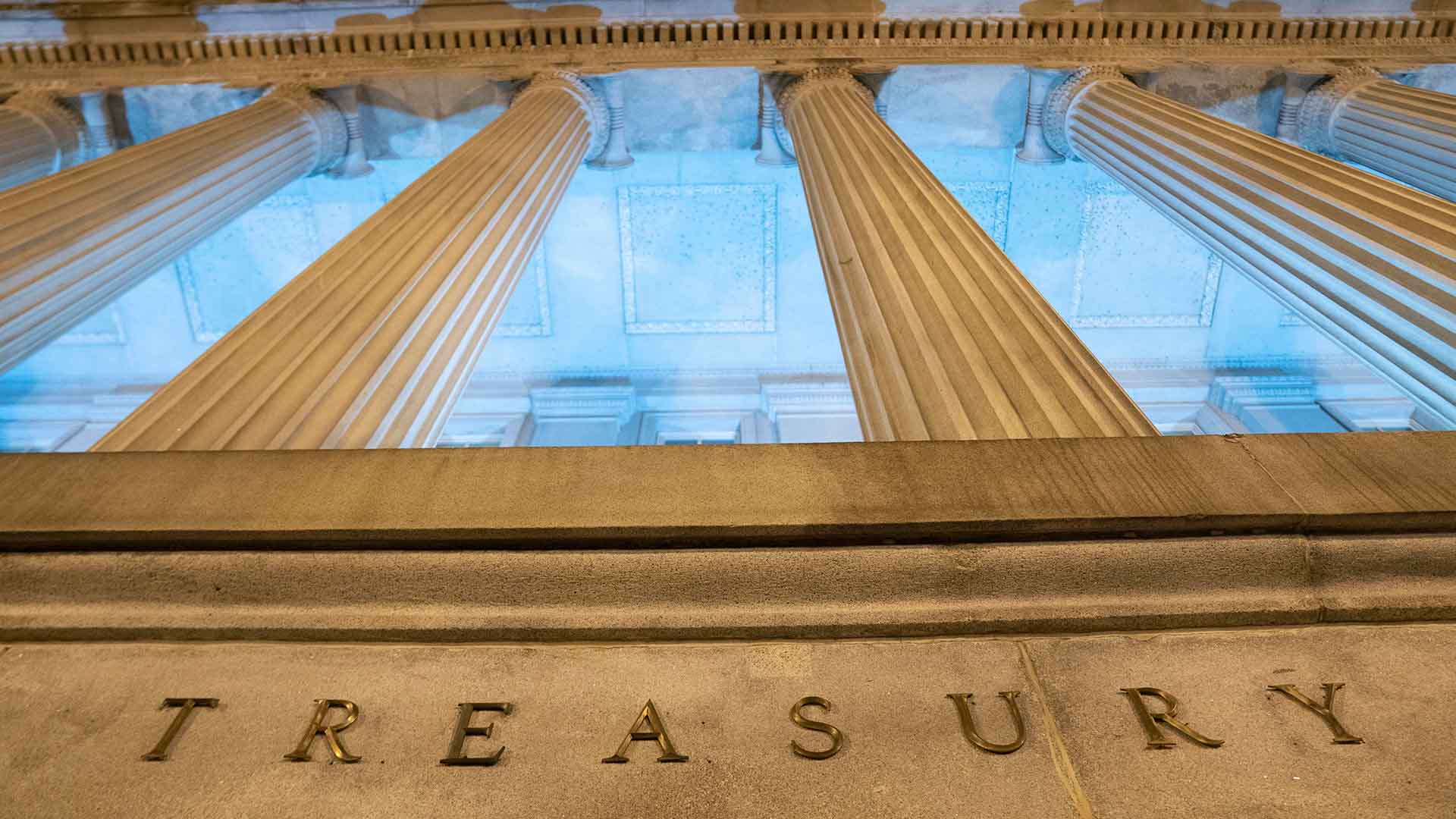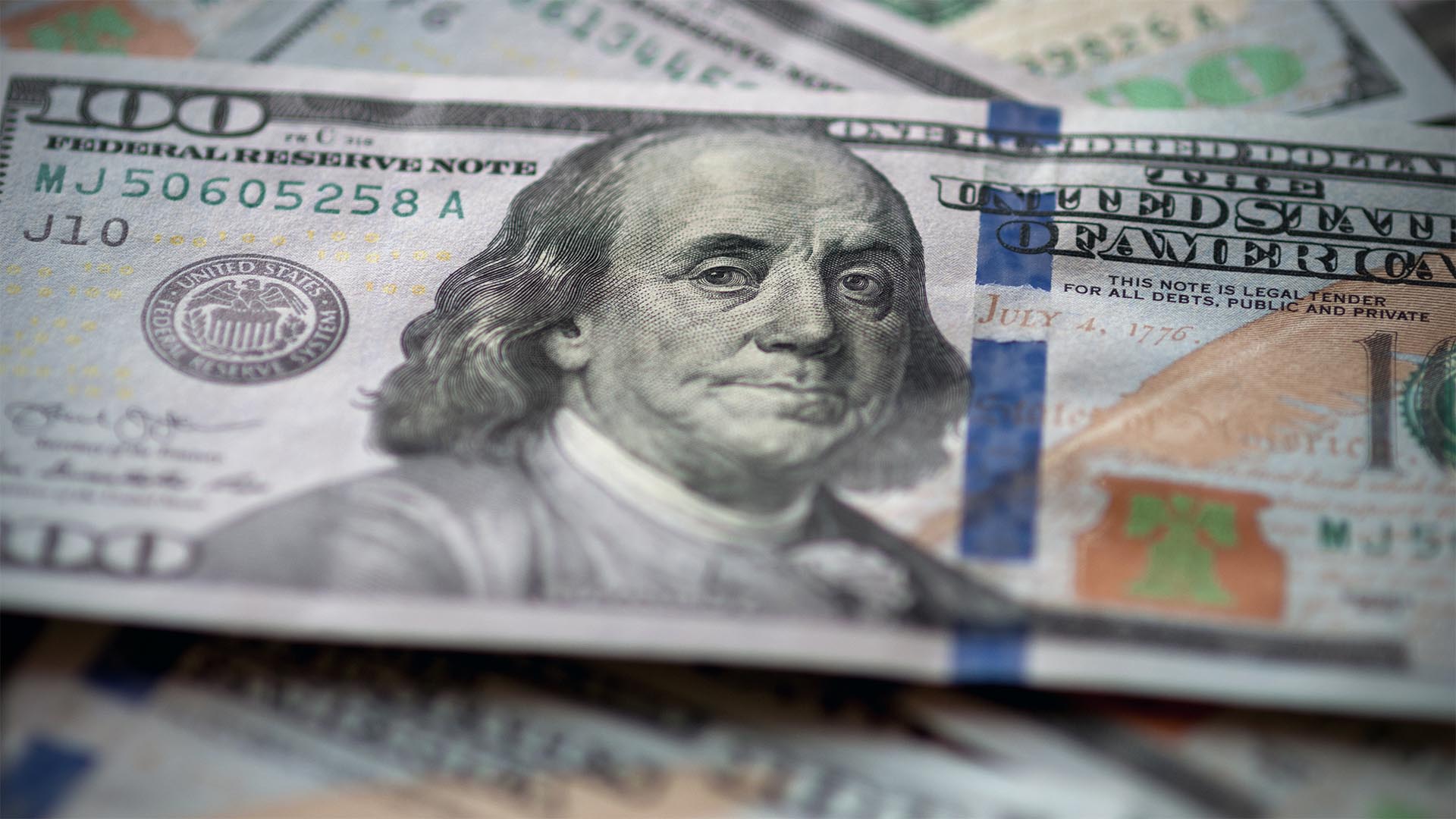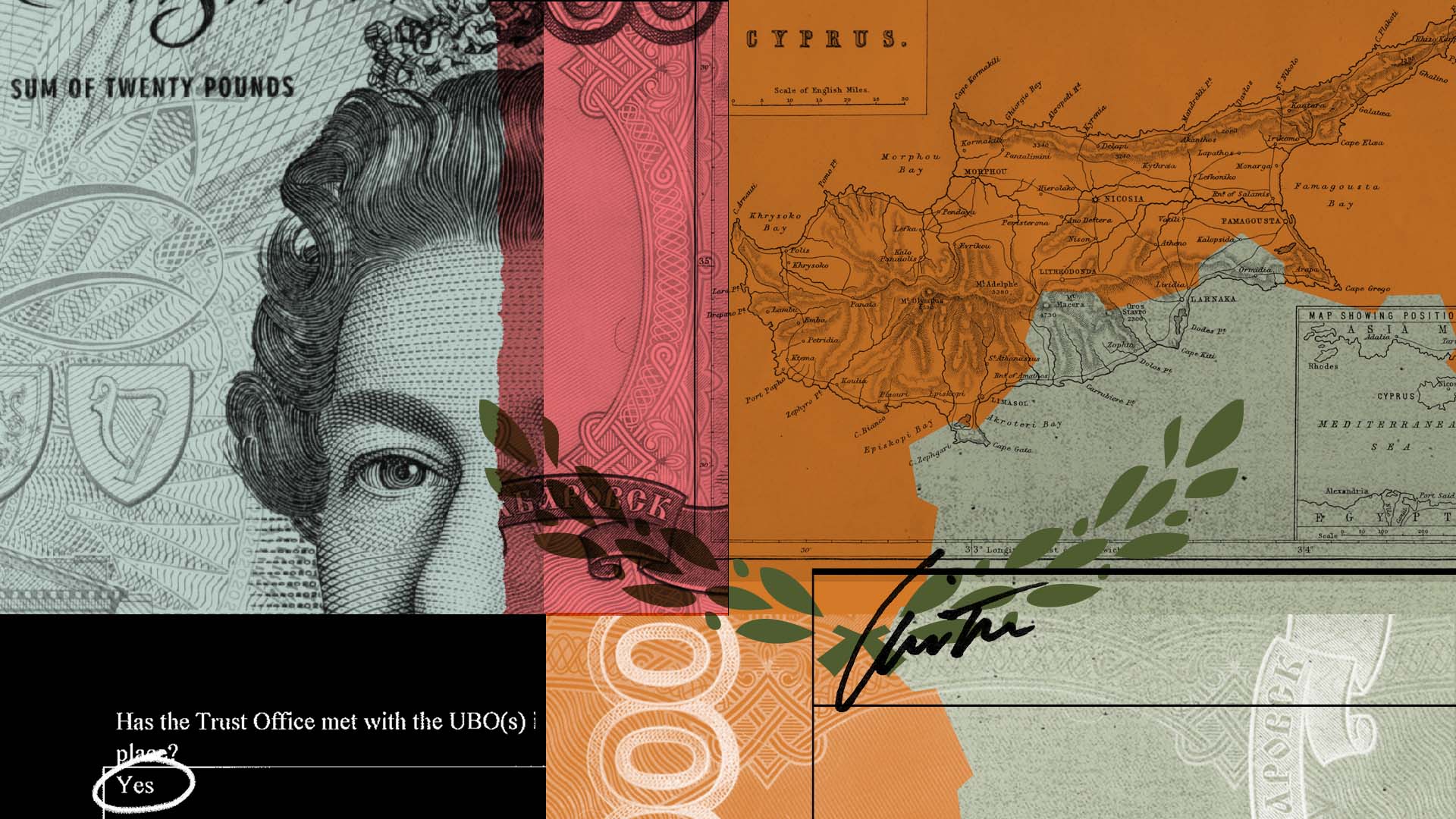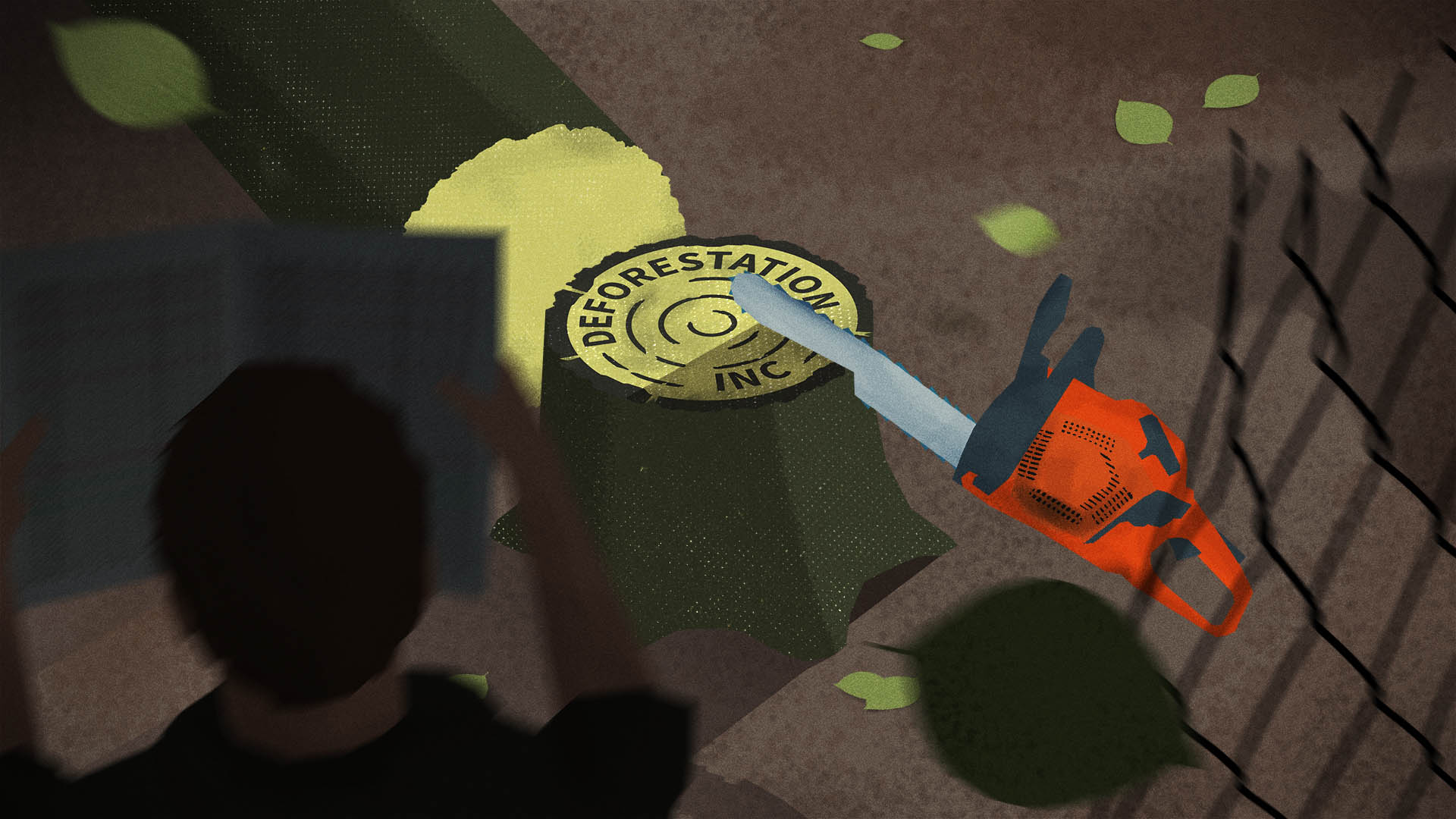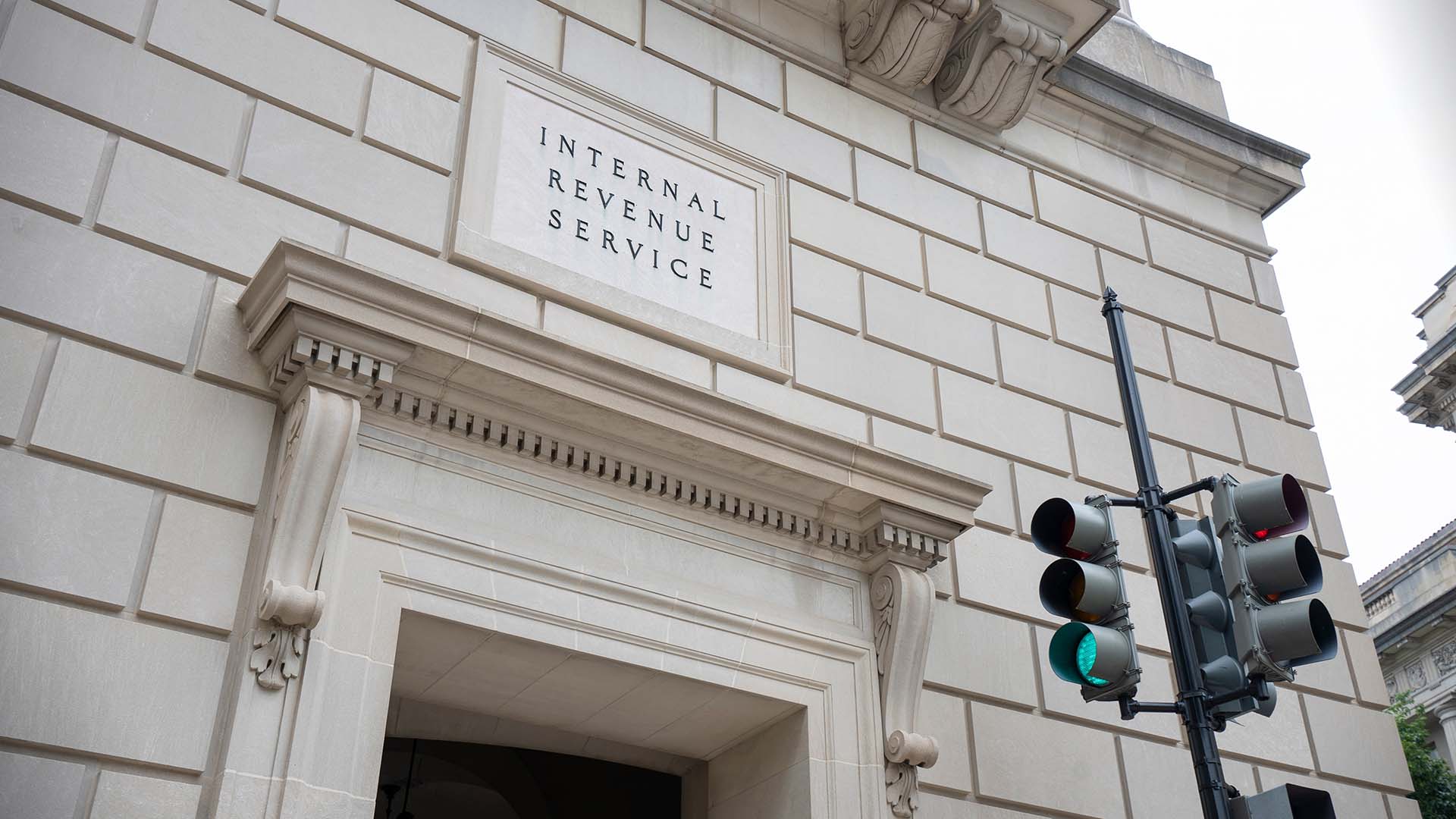
In 2015, the U.S. Department of Treasury hired an economist named Owen Zidar as a contractor to help a team of government officials examine a problem of growing urgency. The ultrawealthy were increasingly turning to intricate webs of companies and trusts to move their income in ways that auditors could hardly begin to understand. These distinctive new investment schemes are often called “large partnerships,” and they have become pervasive in the private equity funds and similar investment firms the rich have flocked to in recent years.
When the IRS granted Zidar access to its volumes of secret tax data, he was shocked by what he saw. Hundreds of billions of dollars held by the wealthiest people had become effectively hidden from agents in the murky partnership schemes.
“There was a staggering amount of wealth pouring into these opaque structures,” Zidar, now an economics professor at Princeton University, told the International Consortium of Investigative Journalists. “This is where the 1%’s rising share of income is going.”
After years of budget cuts, one of the world’s largest tax agencies was no longer enforcing tax laws for the ultrarich, it seemed to Zidar. The IRS was simply trusting them to pay their taxes.
Now, with a major infusion of funding, the IRS is embarking on an unprecedented effort to try to penetrate these hazy bastions of wealth. For years the agency has been understaffed and outgunned when facing rich taxpayers and their sophisticated financial structures. Its audit rate of large partnerships has hovered near zero percent. In 2022, Congress awarded the IRS $80 billion in part to fix this troubling trend. But this won’t be easy.
An ICIJ investigation examining hundreds of leaked IRS forms offers a glimpse into the often-hidden challenges the tax agency faces in tackling the favorite new global investment vehicles of the ultrawealthy. That review and interviews with more than a dozen former tax officials show an agency struggling with not only a shortage of experienced agents, but also with an entire regime of federal rules — some of those created by the IRS itself — that have enabled investors seeking secrecy to run circles around the agency. Accountants and lawyers who prepare these investors’ tax returns have eagerly exploited weak rules and years of lax enforcement to heap layers of secrecy between their rich clients and the IRS agents attempting to audit them.
The leaked IRS records, known as K-1 forms, are generally authorities’ best chance at identifying the investors placing millions of dollars into these secretive partnerships. Partnerships themselves don’t pay taxes but instead rely on so-called pass-through entities, like limited liability companies, to pass on income and responsibility for tax payments to individual investors, known as partners. This makes it crucial for the IRS to identify these investors to ensure they’re paying their taxes.
An ICIJ analysis shows, however, that the K-1 records often present IRS agents with a black box: Many K-1 forms list anonymous shell companies and trusts in place of the partnership’s ultimate investors. Making things even murkier, some of these forms misspell company names or even list no company name at all in describing major investments, ICIJ found.
“When a shell company is on a K-1, that makes it much more difficult,” Don Fort, a longtime IRS agent who led the agency’s Criminal Investigation division before leaving in 2020 to work at a law firm, told ICIJ.
Dozens of shell companies in the leaked records list no taxpayer identification number — one of the few pieces of identifying information a K-1 can present — leaving agents with even less to work with.
You’d have to go six layers deep to find the real person behind these entities. The entities were no more real than a hologram.
— former IRS agent Damon Rowe
Listing opaque shell companies on these tax forms is legal, and IRS rules exclude some foreign entities from having to obtain tax numbers. Former IRS agents say the layers of opacity add hours of onerous work for tax investigators already facing the immense task of untangling complex partnership structures.
“You’d have to go six layers deep to find the real person behind these entities,” Damon Rowe, a longtime IRS agent who left the agency in 2022, told ICIJ of partnership filings. “The entities were no more real than a hologram. They appeared only on paper.”
These daily frustrations for IRS agents have contributed to a growing sense of impunity for the world’s wealthiest people. Sophisticated tax dodging by the ultrarich is a key ingredient in Oxfam International’s recent forecast that the world will soon see its first trillionaire.
“This gets to the heart of the two-tiered tax system in this country,” said Natasha Sarin, an associate professor at Yale Law School and previously a Treasury economist. “If you’re a normal wage earner, you don’t get to choose whether or not you fulfill your tax obligations. But if you have the resources to structure a partnership, you get to make that choice.”
Top of the top 1%
Partnerships’ unique place in the U.S. tax system arose in the late 1800s, when many business ventures consisted of little more than a handshake between entrepreneurs. An 1894 law imposed a 2% business tax on “corporations, companies, or associations doing business for profit in the United States, no matter how created and organized, but not including partnerships.” The carveout appears to have reflected both a rugged reverence for informal business dealing and an attempt to allay lawmakers’ fears that corporate taxes would lead to double taxation on a business owners’ corporate income and again on their personal earnings.
Since then, American businesses have lobbied state and federal legislators to create laws to help make the perfect free-market business vehicle. By the 1980s, one key aspect of partnerships was that they limited the liability of investors while dodging business-level taxes.
The wealthy and their investment advisers soon took notice. Over the next four decades, partnerships came to pervade realms of investment for the richest Americans: private equity, hedge funds, real estate, major law firms and natural resources. In the last 20 years, the wealth held by partnerships has expanded by nearly 600%, coming to hold trillions of dollars. As these businesses grew in dollar value, so did their intricacy. Partnerships are now the fastest-growing type of business entity in the United States.
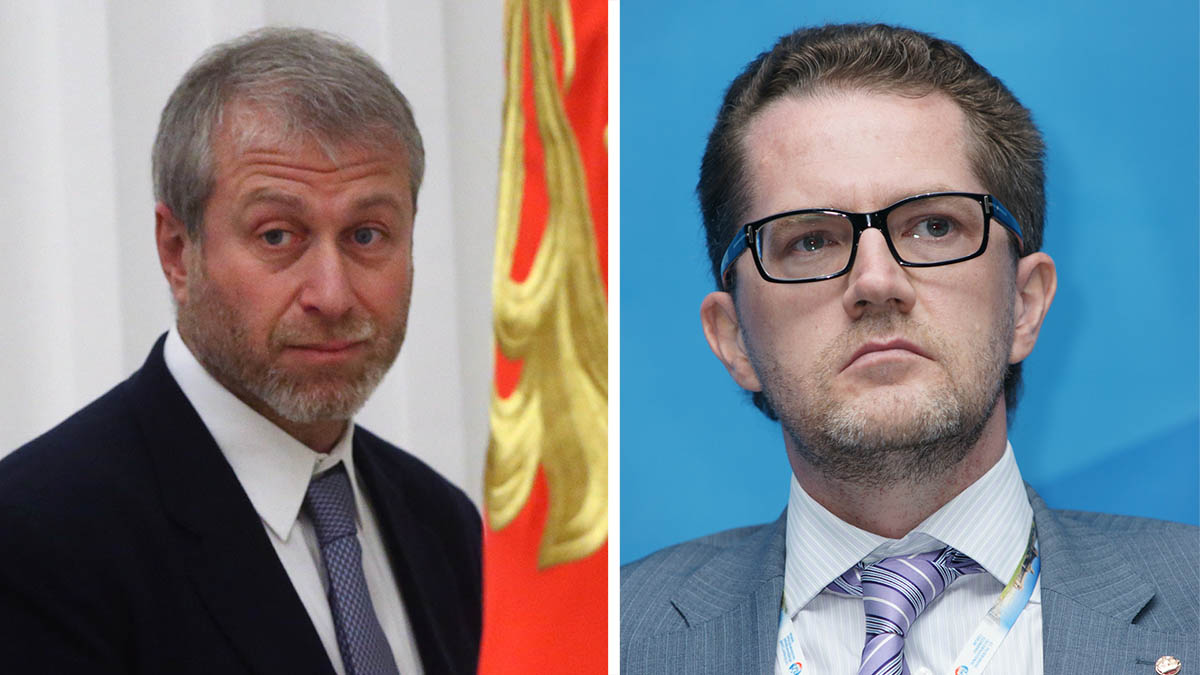
The partnership can be as simple as two people agreeing to open a sandwich shop. The problem for the IRS mostly arises when a partnership expands to encompass hundreds, or even thousands, of these entities and its flows of money and ultimate investors become difficult to discern. “Large partnerships” is a broad and bland term that few can define with precision. But these investment structures have become a magnet for huge fortunes and a little-understood elephant in the room of expanding economic inequality.
“This isn’t just the 1% — this is the very top of the top of the 1%,” Daniel Reck, an economist at the University of Maryland, said of investors in large partnerships. “This is the main driver of the growing inequality that we can see in tax data,” he said. Like Owen Zidar, Reck has worked alongside Treasury officials to study tax issues related to partnerships.
In recent years the IRS’ enforcement priorities haven’t helped this trend. In 2020, the agency was 12 times more likely to audit an individual making less than $25,000 than a partnership. Previous reporting by ProPublica showed that, largely because it lacked the resources, the IRS had turned much of its firepower on Americans making below $20,000 a year instead of far wealthier taxpayers. In public remarks, the agency said that it was just easier to audit the working poor.
Creating a large partnership is expensive. A partnership is governed by a contract, often hundreds of pages long. This can take almost any form imaginable as long as all its investors agree to it. For lawyers and accountants constructing partnerships, this flexibility makes room for endless creativity and complexity. For the world’s richest investors, it has opened new possibilities of discretion and secrecy.
Large partnerships, for instance, can invest in one another or spawn new partnerships to form webs upon webs of intermixing income that investigators can scarcely trace. These interconnected partnerships can send billions of dollars into teeming circular financial structures with no apparent endpoint.
“What’s going on with these infinite loops is an unresolved question,” Reck told ICIJ. “They’ve gotten so complicated that the people constructing and executing them either don’t know what they’re doing or they pretend they don’t know what they’re doing.”
In 2021, U.S. Senate Finance Committee Chairman Ron Wyden, D-Ore., released a draft of proposals to make it easier for the IRS to audit partnerships. The document criticized federal rules governing partnerships for remaining largely static, even as the structures have evolved vastly.
These rules have left “well-known oversights unaddressed and long-standing questions unanswered,” the Wyden draft said.
Untangling the partnerships
In the years since Wyden’s IRS draft, none of the proposed reforms have advanced. In the meantime, the IRS received the $80 billion in additional funding, partly to tackle partnerships. In September the IRS announced it would hire 3,700 agents — in part to crack large partnerships and to expand an artificial intelligence program to help audit the country’s largest partnerships.
To strengthen the IRS in taking on large partnerships, experts widely agree that the agency must also attract some of the country’s top talent in partnership taxation — a highly specialized field that fetches huge private-sector salaries. Even with its new billions in funding, the IRS will have to navigate federal pay rules that limit how much government officials can earn.
“There are literally less than 20 or 25 people out there that most of us think of in terms of, ‘Well this person is really a master in partnership tax,’ ” Charles Rettig, a tax attorney and former IRS commissioner, said in an interview. “It’s really difficult to bring on board people from the outside who have the technical expertise to ask the right questions.”
The question of how to even define a large partnership has challenged the agency for years. Government Accountability Office reports from 2014 through last year criticize the IRS for not properly spelling out the term, which the watchdog office defines as partnerships with more than $100 million in assets and 100 or more total partners.
Perhaps because of this ambiguity, the federal government has made few rule changes to bring large partnerships out of the shadows. Agents seeking to untangle partnerships must contend with a problem many experts pointed to: The IRS does not ask partnerships for very much information about their workings.
As a result, tax authorities often see only shadows of these structures in routine filings. To truly understand the organization, the agency has to request the information from the partnership itself. Even then, the actual identities of the partnership’s investors can remain obscured.
When an anonymous firm appears on K-1 partnership tax forms, agents often must send requests to foreign governments — some of whom are more forthcoming about banking information than others — and hope to hear back. While the IRS criminal division can subpoena this information, the agency’s sprawling civil divisions, where partnership audits begin, can only send weaker requests called civil summonses.
In 2021, Congress passed legislation requiring companies to report their ultimate owners to the Treasury Department. But the law, known as the Corporate Transparency Act, will be of limited use to agents trying to understand partnerships. The law exempts some investment schemes often deployed by private equity and hedge funds. It also does not apply to many foreign shell companies commonly involved in partnership investments.
“A partnership is a private agreement between partners, and there’s often no requirement to file with the state,” said Zorka Milin, policy director at the FACT Coalition, a Washington, D.C.-based nonprofit. “There’s no way to collect that information.”
‘Investment services plus secrecy’
Leaked records from 2004 to 2019 offer a rare glimpse into what partnerships tell the IRS about their investors. The more than 600 K-1 records that ICIJ reviewed for this story were contained in leaked troves of offshore financial data including the Panama Papers, Pandora Papers and Paradise Papers.
The records ICIJ examined represent a tiny sample size compared with the tens of millions of K-1s that the IRS receives every year. Because they come from corporate services providers based in secrecy jurisdictions, the records reviewed by ICIJ overrepresent foreign investors. A recent estimate placed the share of U.S. partnership income going to foreign owners at 17%, with much of the money flowing to offshore tax havens. These can be especially tricky for agents to trace.
In 2017, for instance, a major real estate investment firm called Progress Residential, now known as Pretium Partners, generated a K-1 to report the activity of one of its many wealthy investors, who had plowed $8 million into the Pretium fund. But on its face, the document would give an IRS investigator little to work with. Instead of listing the investor’s name, the form provided a string of seemingly random numbers tied to a Goldman Sachs bank account in Switzerland, effectively blocking the name of its customer from agents. IRS rules allow for financial firms to stand in place of investors like this.
In an emailed statement, Goldman Sachs said it follows all rules and regulations around this practice. The firm did not respond to specific questions regarding K-1 forms.
Like dozens of other K-1s in ICIJ’s data, the Pretium Partners form listed no valid taxpayer identification number tied to the individual behind the investment. IRS rules allow some foreign entities to forgo obtaining a U.S. tax number. Experts said such entities can throw up even more obstacles to investigators.
“A K-1 without a taxpayer identification number is basically useless to the IRS,” said Michael Desmond, a former IRS chief counsel who is now an attorney focusing in part on partnership tax disputes at the law firm Gibson Dunn.
“Certain clients do not want to get a U.S. tax number, period,” said Monte A. Jackel, a tax attorney and a graduate tax resident scholar at the University of Baltimore School of Law who has served several stints as a high-ranking IRS lawyer. “They don’t want to be in the U.S. tax system at all.”
Pretium Partners did not respond directly to questions about its tax filings but said the firm prepares partnership forms in accordance with IRS requirements. ICIJ previously reported on the Pretium fund’s complex legal arrangements in the Pandora Papers investigation. These had the effect of aggressively shielding profits from U.S. taxes, Reuven Avi-Yonah, a law professor at the University of Michigan specializing in international taxation, previously told ICIJ.
The ultimate investor tied to the mysterious string of numbers, ICIJ found, was a former online gambling magnate named Vikrant Bhargava, who lives in the U.K. Bhargava co-founded the online gambling company PartyGaming that debuted on the London Stock Exchange valued at $8.5 billion before coming under intense scrutiny from law enforcement.
Bhargava told ICIJ in a text message that he did not have a say in the “information disclosure or lack of it,” and that he was unfamiliar with K-1 forms in general. “I suspect Pretium would have disclosed the minimum that IRS requires it to,” Bhargava wrote.
Brian Galle, a former federal prosecutor who is now a tax law professor at Georgetown University, said he could think of no reason other than obscuring ownership that Goldman Sachs would name itself a stand-in for its client on the tax form. “This whole thing only works because of Goldman Sachs’ cooperation,” Galle said of the document.
Without strict rules to prevent it, secrecy will often be the default setting in many businesses that administer partnerships, he said.
“Investment banks and other financial institutions are aware that they are essential players in the game of obfuscating foreign assets,” Galle told ICIJ. “This is what the product is: investment services plus secrecy.”
Contributors: Denise Ajiri, Jelena Cosic, Miguel Fiandor, Delphine Reuter, Carmen Molina Acosta, Daniela Vivas Labrador and Brenda Medina
